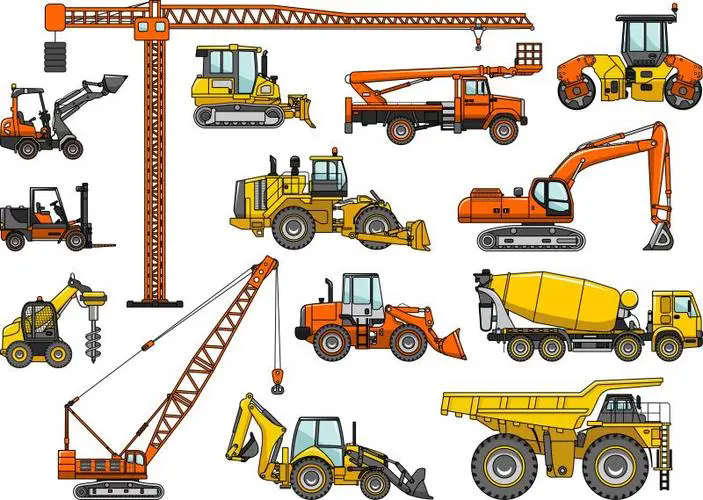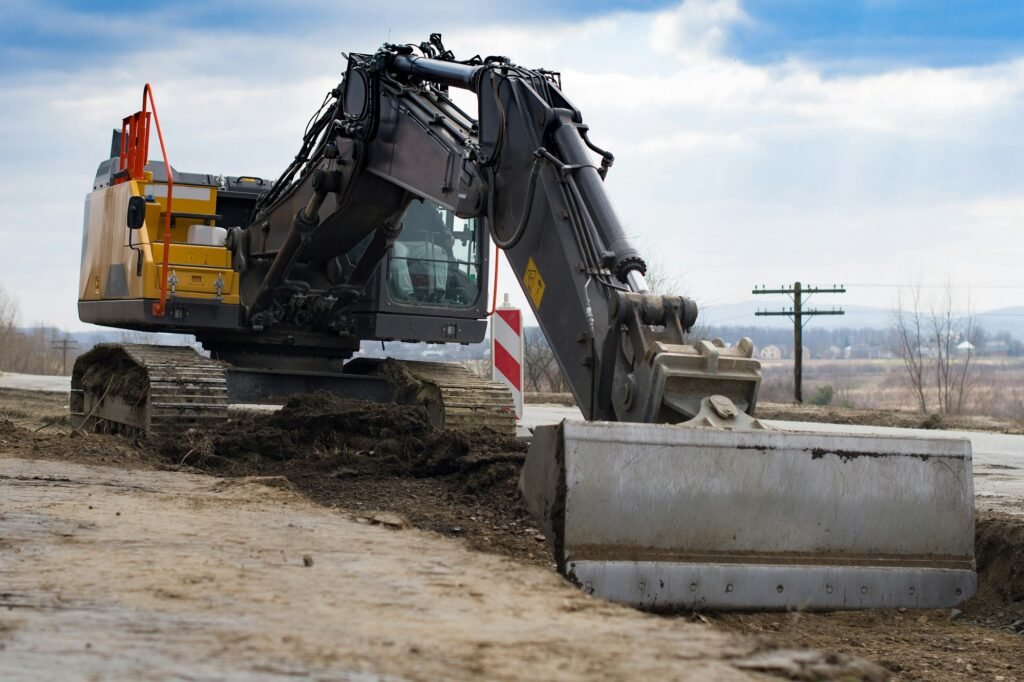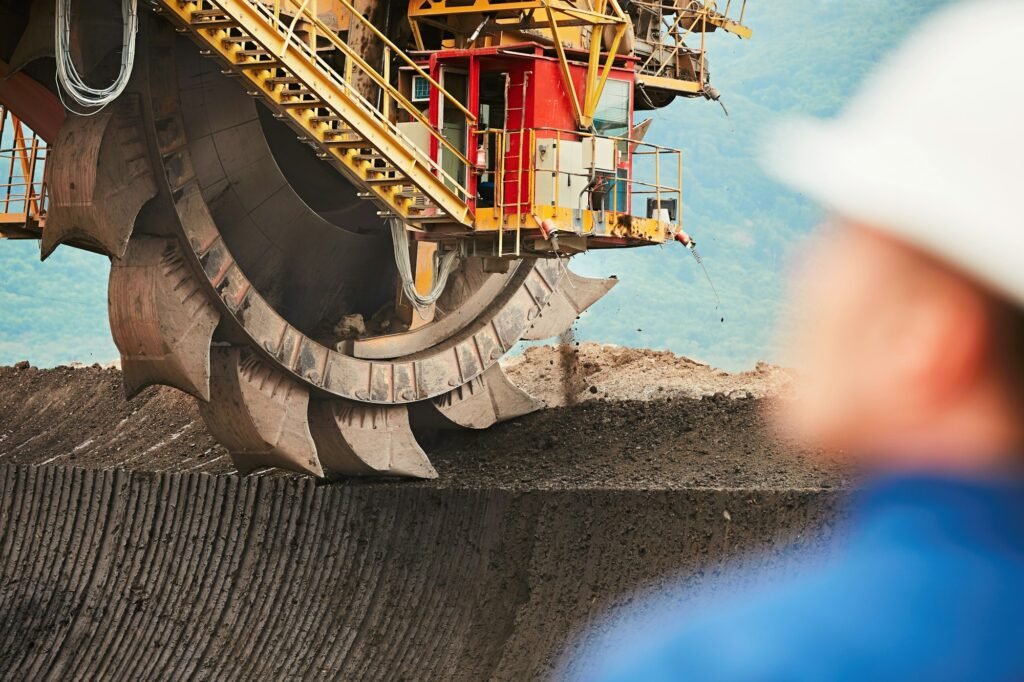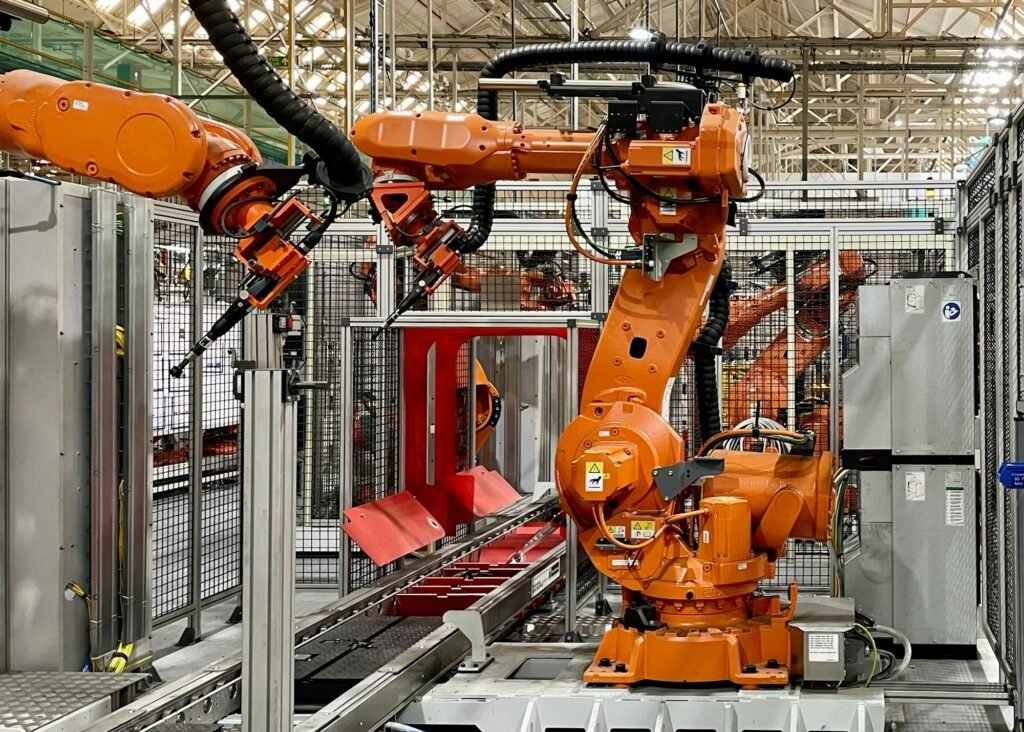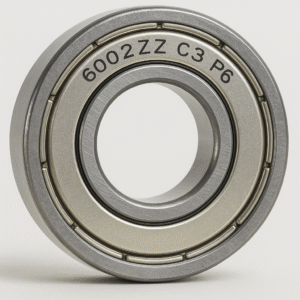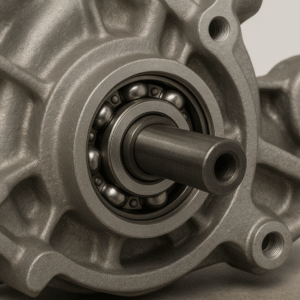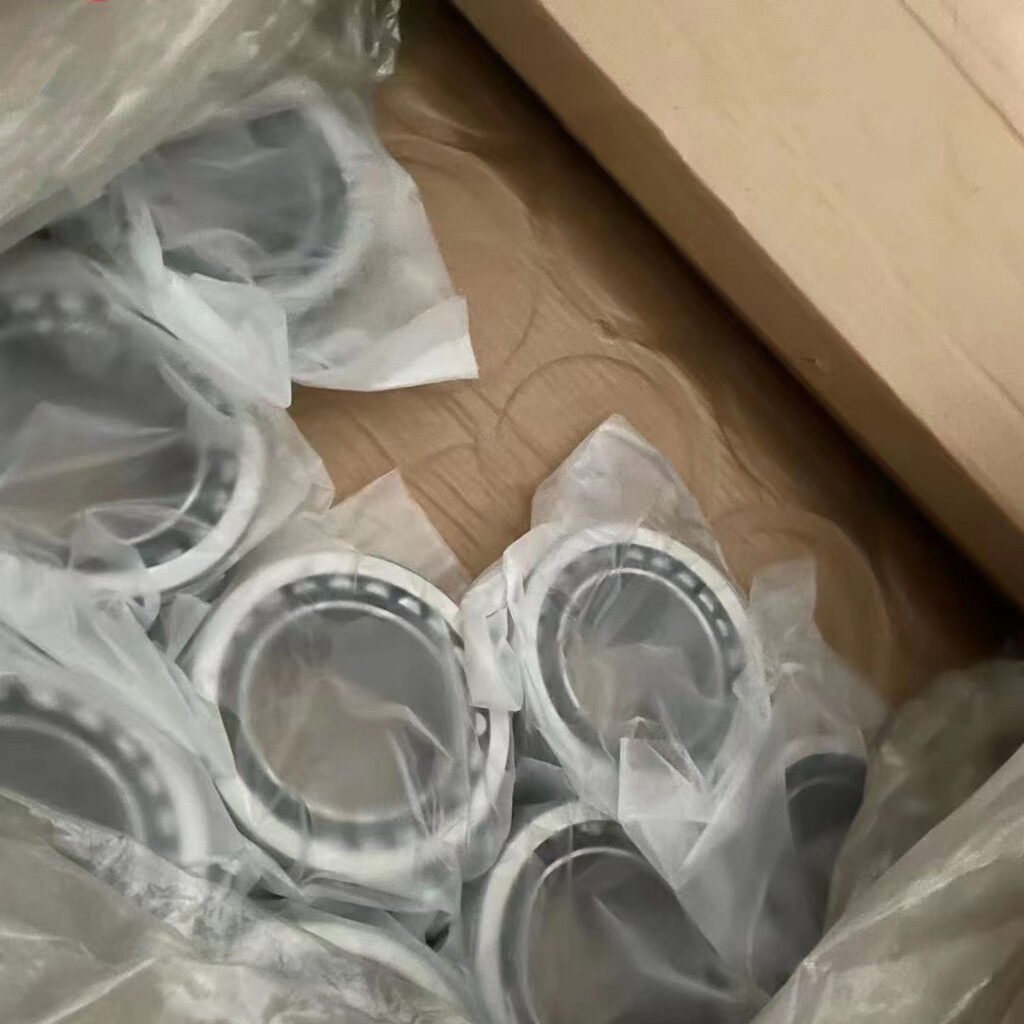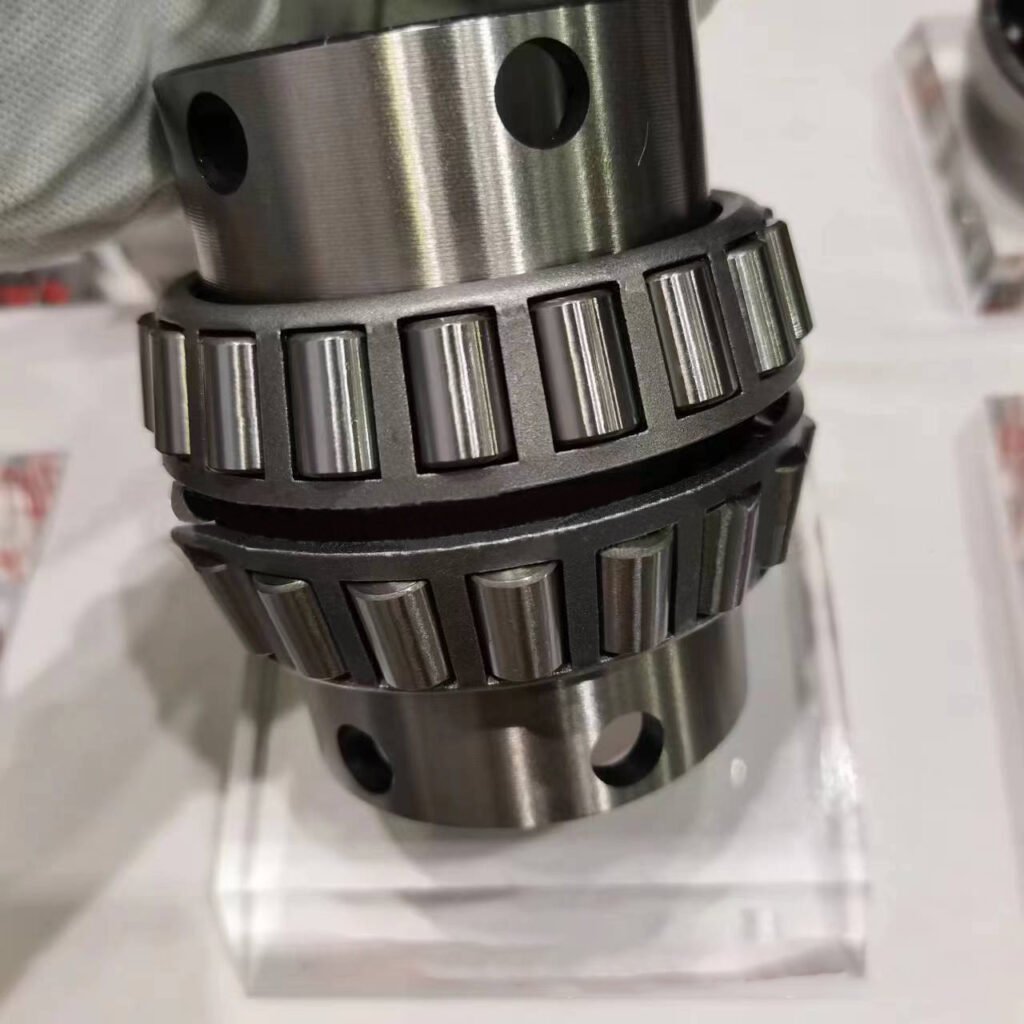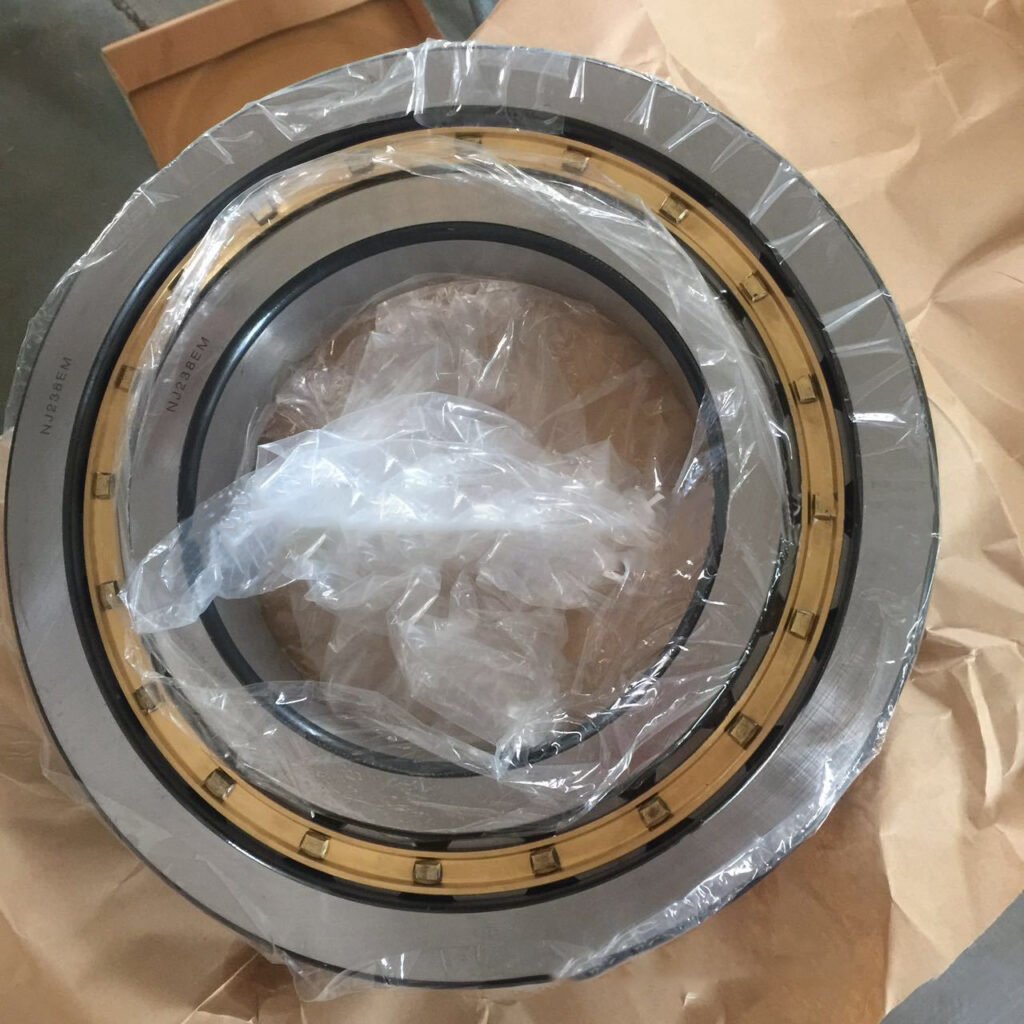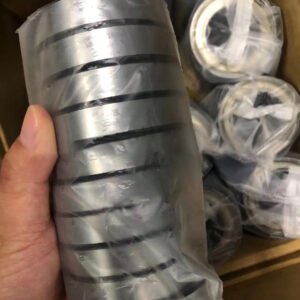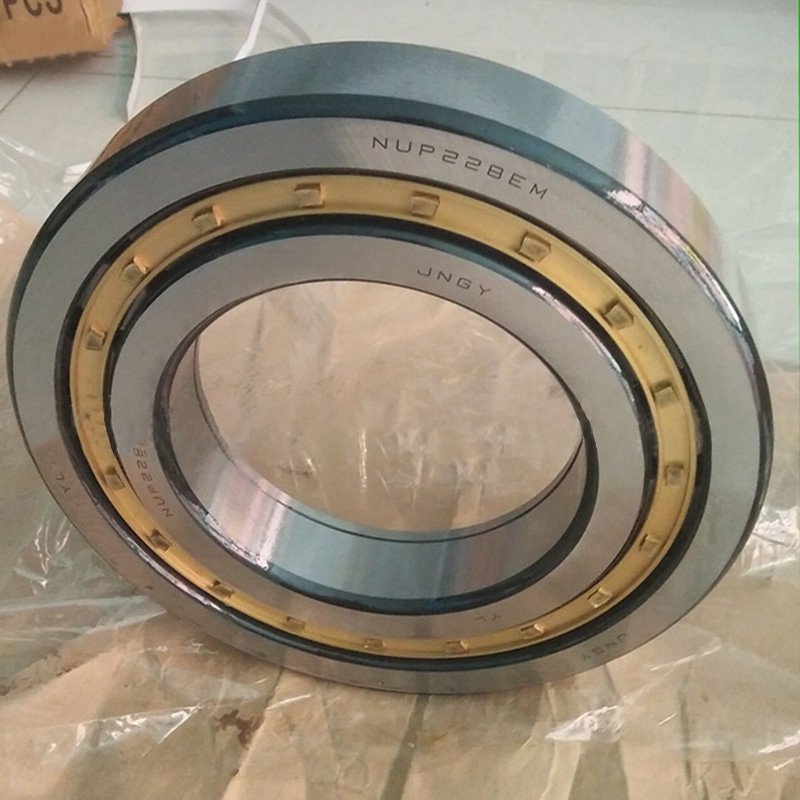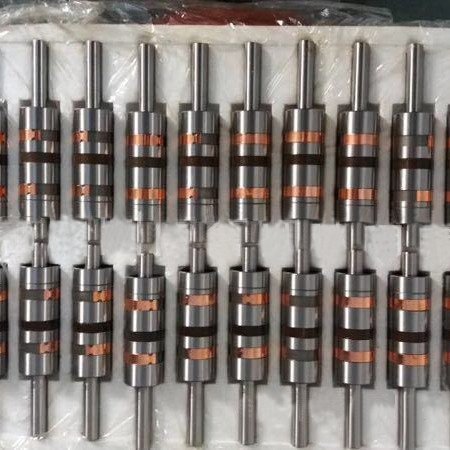The proper installation of a crossed roller bearing is crucial to ensuring the longevity and optimal performance of the bearing in your machinery. These bearings are known for their ability to handle both radial and axial loads, making them highly suitable for precision applications in various industries. However, installing a crossed roller bearing requires a careful approach to avoid damage to the bearing or surrounding components. In this article, we will discuss the structural design of a crossed roller bearing, the tools needed for installation, the step-by-step process of installation, and daily maintenance methods to ensure its reliable performance.

What is the Structural Design Principle of the Cross Roller Bearing?
A crossed roller bearing features cylindrical rollers arranged in a crisscross pattern, where each roller is positioned at a 90-degree angle to the adjacent one. This unique arrangement allows the bearing to support radial, axial, and even moment loads simultaneously, making it ideal for applications requiring high rigidity and precision.
The structural design typically includes:
– Inner and Outer Rings: These rings house the rollers and provide structural support.
– Rollers: Cylindrical in shape, the rollers are arranged in a crisscross fashion to handle multi-directional loads.
– Cage or Spacer: The cage or spacer holds the rollers in position and prevents direct contact between them, reducing friction and wear.
This design minimizes the need for complex bearing arrangements while providing a compact, yet highly efficient, bearing solution for high-precision machinery.
I have detailed the performance characteristics and advantages of crossed roller bearings in another article of mine, please click the link below to read it.
What Tools Should Be Prepared for Installing the Cross Roller Bearing?
Installing a cross roller bearing requires specific tools to ensure a proper and safe installation. Here’s a list of tools you’ll need:
1. Hydraulic Press or Installation Tool: A hydraulic press or dedicated bearing installation tool is essential for ensuring even pressure is applied when installing the bearing without causing damage.
2. Torque Wrench: To ensure the correct tightening of fasteners and prevent over-tightening, which can lead to bearing damage.
3. Bearing Heaters (Optional): For larger bearings, a bearing heater can be used to slightly expand the inner ring, easing the installation process.
4. Cleaning Materials: Clean cloths, degreasers, and wipes are necessary to keep the bearing, shaft, and housing free of contaminants.
5. Protective Equipment: Gloves, safety glasses, and other protective gear should be worn to avoid injury during installation.
Having these tools on hand will ensure a smooth installation process while preventing damage to the bearing and other components.
Steps for Installing the Cross Roller Bearing
Follow these steps to correctly install a cross roller bearing:
1. Preparation
– Cleanliness: Before beginning, clean the bearing, shaft, and housing thoroughly to remove any dirt, oil, or debris that could cause contamination.
– Check the Fit: Verify that the bearing’s inner and outer rings match the dimensions of the shaft and housing to ensure a proper fit.
2. Heating (if necessary)
– For larger bearings or those with an interference fit, it is often helpful to heat the inner ring slightly to expand it. This can be done using a bearing heater. Heating the bearing to around 80°C to 100°C can make installation easier and avoid causing stress on the components.
3. Aligning the Bearing
– Ensure the bearing is aligned correctly with the shaft and housing. Misalignment during installation can lead to premature wear or failure.
4. Installation
– Use a hydraulic press or bearing installation tool to press the bearing evenly into place. Apply pressure gradually to avoid damaging the bearing. Be sure to press evenly on both sides to ensure the bearing stays straight and does not skew.
– If using a bearing heater, install the bearing quickly after heating to avoid it cooling before fitting.
5. Check for Proper Seating
– Once installed, check that the bearing is fully seated and that there is no axial play or misalignment. It should rotate smoothly without resistance or abnormal noise.
6. Securing the Bearing
– Tighten any screws or bolts (if applicable) with a torque wrench to ensure they are within the manufacturer’s specified range. Avoid over-tightening, as this can cause stress on the bearing.
Daily Inspection and Maintenance Methods of the Cross Roller Bearing
Proper maintenance is key to ensuring the longevity and efficiency of crossed roller bearings. Here are some daily inspection and maintenance tips:
1. Visual Inspection
– Regularly check for signs of wear, such as cracks, discoloration, or abnormal wear patterns on the bearing or surrounding components.
– Ensure there is no contamination, such as dirt or moisture, around the bearing.
2. Lubrication
– If the bearing requires lubrication, ensure that the correct type and amount of lubricant are applied. Over-lubrication or under-lubrication can both cause issues.
– Check for signs of leakage or contamination in the lubricant.
3. Temperature Monitoring
– Monitor the operating temperature of the bearing. Excessive heat can be a sign of improper lubrication or misalignment. Ideally, the temperature should not exceed the bearing manufacturer’s recommended range.
4. Noise and Vibration:
– Pay attention to any abnormal noises or vibrations during operation. Unusual sounds could indicate wear or improper installation.
5. Cleaning
– Clean the bearing and surrounding areas regularly, especially in dusty or dirty environments. Use clean, dry cloths and non-abrasive cleaners to avoid causing damage.
6. Records
– Record each inspection result in a book and arrange for professionals to perform this work regularly.
Conclusion
Correctly installing a crossed roller bearing is essential for ensuring the performance, reliability, and lifespan of machinery. By following the proper steps, using the right tools, and performing regular inspections and maintenance, you can ensure that your bearings operate at their peak efficiency. Remember, even a small mistake during installation can lead to significant problems, so always take the time to carefully install and maintain your crossed roller bearings. With attention to detail and routine care, these bearings will continue to support your machinery with exceptional precision and load-bearing capabilities.

